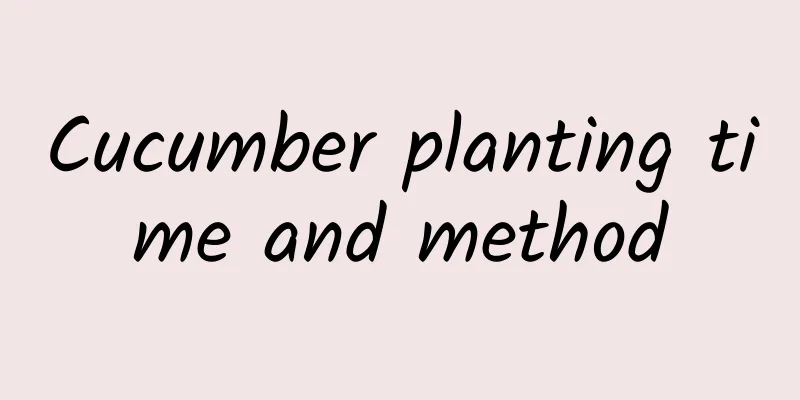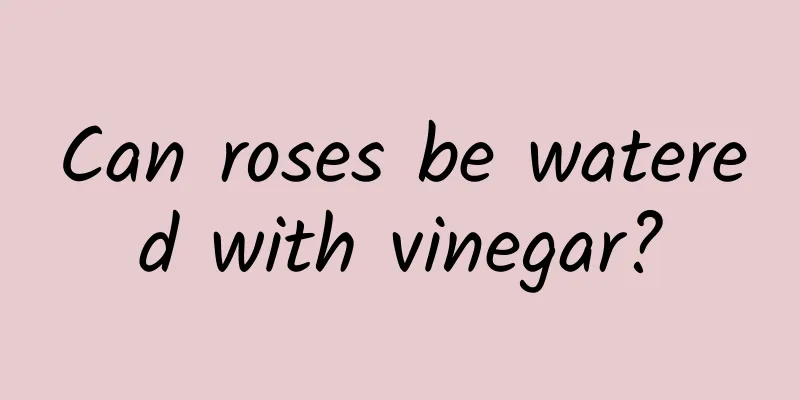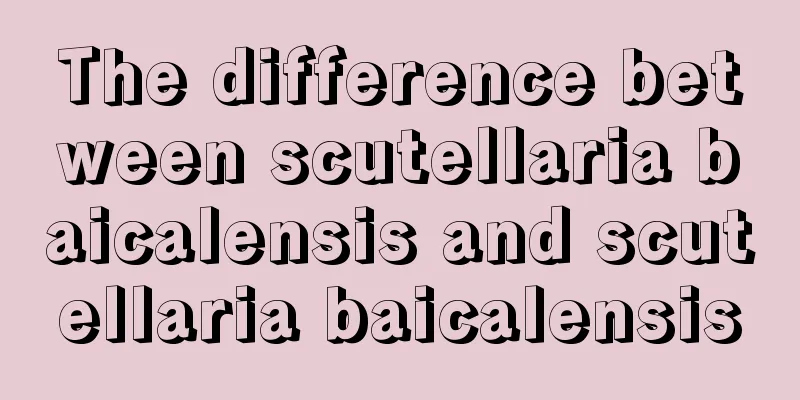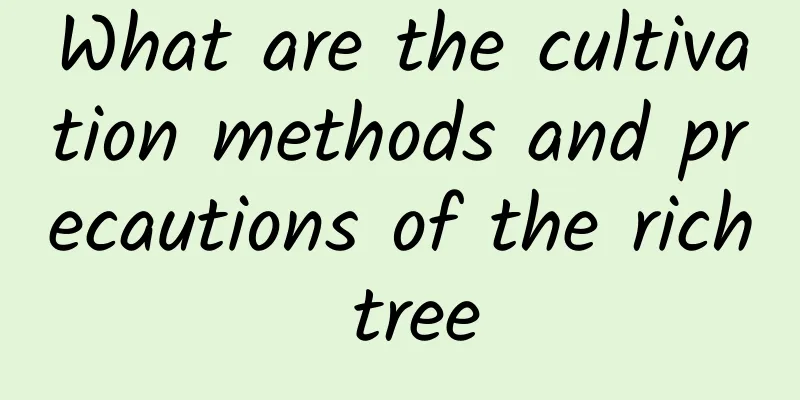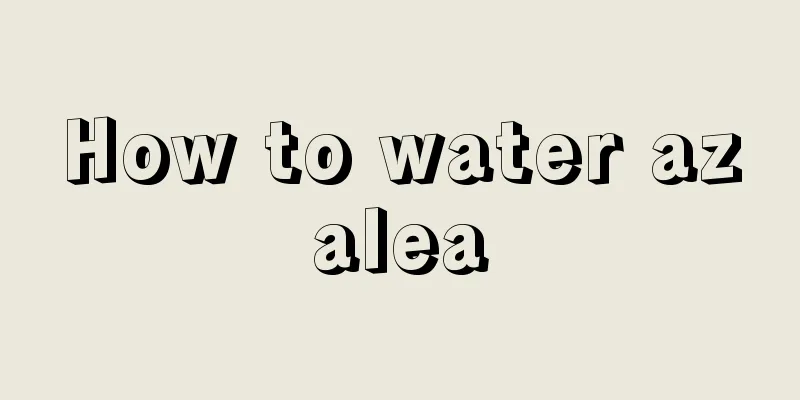When is foliar fertilizer generally used (when is foliar fertilizer sprayed for best results)
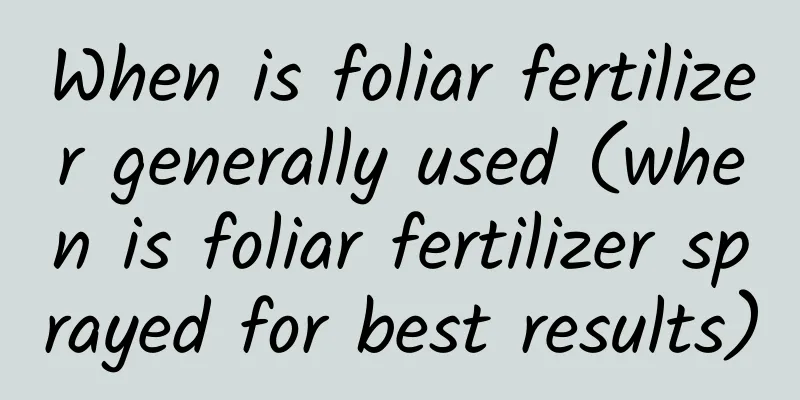
|
In recent years, people have become interested in foliar fertilizers and would spray them on vegetables, fruits, wheat, corn and other crops from time to time. Foliar fertilizer is fertilizer sprayed on the leaves during the growth period of crops. It includes foliar fertilizers of major elements such as nitrogen, phosphorus and potassium, foliar fertilizers of trace elements such as calcium, magnesium, iron and sulfur, as well as foliar fertilizers such as humic acid and amino acids. What are the benefits of foliar fertilizer spraying?Not only the roots of crops can absorb nutrients, but their leaves and stems can also absorb nutrients. The role they play is the same as the nutrients absorbed by the roots, but they can be absorbed directly, with quick effects and high utilization rates. They can quickly improve the supply of nutrients for crops, enhance the crop's resistance to stress, and significantly improve product quality. Just like when a person is weak, the nutrients that enter the body through the mouth are not as fast and direct as those that enter through a hanging bottle, and they take effect quickly. Foliar spraying fertilizer is like hanging a hanging bottle, supplementing nutrients outside the body. When the human body is healthy, its absorption function is better. When the crops are growing vigorously, the metabolism of foliar fertilizer is also vigorous, and the leaves absorb nutrients more strongly. So when is the best time to spray foliar fertilizer?Looking at the overall growth period of crops, it is better to spray during the critical period of their growth , such as in the late growth period of gramineous crops such as wheat and rice, when the root absorption capacity weakens, foliar spraying of fertilizers can supplement nutrition and increase the number and weight of grains . Foliar fertilization can increase the intensity of photosynthesis and respiration, affect a series of physiological activities in crops, and after the metabolism in the crops is enhanced, it can promote the absorption of nutrients by the roots. Especially in the middle and late stages of crop growth, when the root absorption capacity weakens, foliar fertilization is a good way to prevent fertilizer deficiency in the later stages. Therefore, foliar fertilizer can be sprayed throughout the entire growth period of crops, especially in the early stages of nutrient deficiency and in the middle and late stages of crop growth, foliar fertilizer spraying is particularly important. During the day, it is better to spray around the evening when it is sunny and windless. Although foliar fertilization has many benefits, its effective absorption by crops is closely related to the length of time the solution remains on the leaf surface. For humans, there is an old saying that goes "chew slowly and eat slowly", which also applies to foliar fertilizers for crops. Generally, the longer the fertilizer solution stays on the leaves and stems of crops, the better the effect. It is better for it to remain moist on the leaf surface for more than 1 hour, which is more conducive to its full absorption. Chewing it slowly can minimize losses and improve absorption and utilization rates. However, in hot weather and under direct sunlight at noon, the fertilizer sprayed on the leaves will evaporate quickly, and the absorption rate will be low. It may also cause fertilizer damage, such as leaf burns. Spraying foliar fertilizer in the morning when there is dew will reduce the concentration of the solution and affect the effect. It is even worse before or during the rain, as it will be a waste of effort if the leaves are completely soaked. Therefore, it is ideal to spray foliar fertilizer during the windless period in the evening , and cloudy days are also good, to prolong the time that the fertilizer solution stays wet on the stems and leaves of the crops as much as possible to facilitate absorption. How to use foliar fertilizer for the best effectWhen we spray foliar fertilizers, we can mix them with other fertilizers or pesticides reasonably to achieve the effect of "one spray, multiple effects". However, we must understand the properties of the fertilizers and pesticides to prevent chemical reactions that reduce the fertilizer or drug efficacy . For example, urea, potassium dihydrogen phosphate, ammonium chloride, potassium chloride, etc. cannot be mixed with alkaline fertilizers such as wood ash, calcium magnesium phosphate, etc. Potassium dihydrogen phosphate should not be mixed with zinc sulfate, etc. In order to prolong the residence time of foliar fertilizer on the stems and leaves, you can add an appropriate amount of wetting agent, such as neutral soap solution, better detergent, silicone, brown sugar solution, etc., to increase the contact area between the fertilizer liquid and the leaf surface to improve the effect of spraying fertilizer. In addition, when spraying foliar fertilizer, you must pay attention to the targeted selection of varieties. For example, when the base fertilizer is sufficient, you can choose foliar fertilizer mainly containing trace elements. Second, the foliar fertilizer should have good solubility . Third, the concentration should be appropriate , which should be determined according to the type of crop. Fourth, it should be stored immediately after mixing and should not be stored for a long time. Fifth, pay attention to the number of times the fertilizer is used. Do not use it too much, otherwise fertilizer damage will occur. Generally 2-4 times is enough, otherwise fertilizer overload and fertilizer damage may occur. For example, frequent spraying of urea will cause yellowing of leaves, which is biuret poisoning. |
Recommend
How to raise pearl birds and precautions
The pearl bird is a popular small ornamental bird...
What flowers are suitable for growing in Longyan? What are the city flowers and trees?
1. Climate characteristics of Longyan Longyan has...
Where does loquat grow? Growing area and origin distribution
Where do loquats like to grow? Loquats grow on lo...
How to prune elm trees to make them look good, pruning methods for large and small elm trees
1. How to trim 1. Determine the shape: Before pru...
What is the best season to plant rice?
Rice Planting Season and Time Rice can be planted...
How long does it take for yew cuttings to take root?
Rooting time of yew cuttings Yew can be propagate...
Rose flower language and meaning
1. Flower Language Roses have different colors, a...
How to keep seeds of water spinach and how to plant water spinach
Method of keeping seeds of water spinach Water sp...
When are cherries ripe? When are cherries ripe?
1. Maturity Time Cherries usually ripen between M...
Is Zhizhihua easy to grow? Maintenance methods and precautions
Is it easy to grow zhizhihua? The spathiphyllum i...
When is the best time to transplant Daphne koreana? When is the best month to transplant Daphne koreana?
Transplanting of Daphne koreana should be done in...
What are the functions of silver vein tiger tail orchid? You may not know the fourth point!
1. Ornamental effect The leaves of the silver-vei...
These "3 types" of domestic wastewater are treasures. Use them to "water the flowers" and the flowers will grow lush and full of life!
1. Expired milk Many people have the habit of dri...
How to fertilize the pink palm
Fertilization methods Reasonable fertilization ca...
Does hibiscus like sunshine?
Introduction to Hibiscus There are many varieties...
